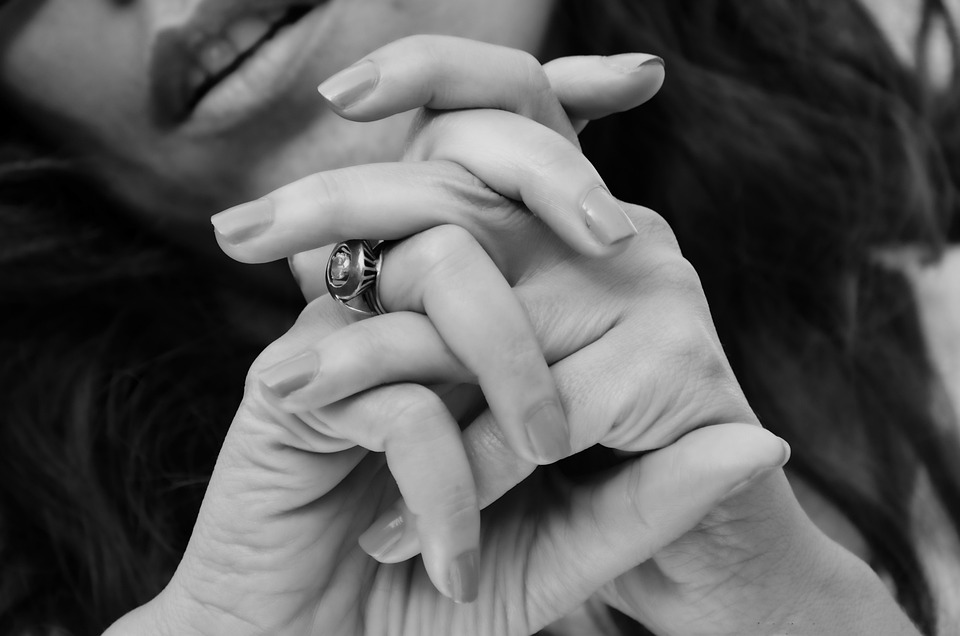Acrylic nails can add a touch of glamor to your look, but when it’s time to remove them, the process can seem daunting, especially if you want to avoid using acetone. Acetone is effective but can be harsh on your natural nails, causing them to become dry and brittle. Luckily, there are several methods to remove acrylic nails without acetone that are gentle and can be done right at home. In this article, we’ll explore these methods, share expert tips, and provide insights to help you safely and effectively remove your acrylic nails.
Why Avoid Acetone?
Before diving into the methods, let’s understand why some people prefer to avoid acetone:
- Dryness: Acetone can strip the natural oils from your nails and skin, leading to dryness and flakiness.
- Brittleness: Prolonged use of acetone can weaken the nail plate, making your natural nails more prone to breaking.
- Irritation: For those with sensitive skin, acetone can cause irritation and redness around the nails.
Method 1: Soaking in Warm, Soapy Water
This is one of the gentlest methods to remove acrylic nails without acetone.
Steps:
- Prepare Your Soak: Fill a bowl with warm water and add a few drops of mild dish soap.
- Soak Your Nails: Place your hands in the bowl and soak for at least 20-30 minutes. The warm, soapy water helps to loosen the adhesive bond between the acrylic and your natural nail.
- Gently Pry Off the Nails: Use an orangewood stick to gently lift the edges of the acrylic. Be patient and work slowly to avoid damaging your natural nails.
Expert Tip: Jessica Wright, a nail technician, advises, “Soaking in warm, soapy water for extended periods can help loosen the adhesive bond between your natural nail and the acrylic. This allows for easier removal with an orangewood stick”【Source: how to take off acrylic nails at home without acetone】.
Method 2: Using Cuticle Oil
Cuticle oil can soften the adhesive and make it easier to remove the acrylics.
Steps:
- Apply Cuticle Oil: Generously apply cuticle oil around the edges of your acrylic nails.
- Wait: Let the oil sit for at least 15-20 minutes. You can reapply more oil if needed.
- Gently Lift the Acrylics: Use an orangewood stick to gently lift the edges of the acrylics, starting from the cuticle area.
Expert Tip: According to The Nail Hub, “Using cuticle oil around the edges of the acrylic can help break down the bond and soften the adhesive over time. Be patient and consistent with this method for best results”【Source: removing acrylic nails without acetone thenailhub.com】.
Method 3: Dental Floss Technique
This method requires a bit of help from a friend, but it can be quite effective.
Steps:
- Loosen the Edges: Gently lift the edges of the acrylic nails with an orangewood stick.
- Slide the Floss: Have a friend slide dental floss under the loosened edges of the acrylic nail.
- Work Slowly: Your friend should gently wiggle the floss back and forth, moving towards the tip of the nail to gradually lift the acrylic off.
Expert Tip: Glossy Academy suggests, “Flossing underneath the acrylic can be effective, but use caution and a gentle touch to avoid damaging your natural nails. Start at the base and wiggle the floss slowly to loosen the acrylic”【Source: how to take acrylic nails off with floss】.
Method 4: Gentle Filing
Filing down the acrylic can make the removal process easier.
Steps:
- Clip the Nails: Use a nail clipper to trim the acrylic nails as short as possible.
- File Down the Surface: Use a coarse nail file to gently buff away the top layer of the acrylic. Be careful not to file too much of your natural nail.
- Soak and Lift: After filing, soak your nails in warm, soapy water or use cuticle oil to further loosen the acrylic. Use an orangewood stick to lift the remaining acrylic.
Expert Tip: The American Manicure Association recommends, “If you’re comfortable with filing, gently buffing the acrylic thins the material, making it easier to remove with soaking or oil treatments. However, avoid over-filing your natural nails”【Source: american manicure association】.
Method 5: Professional Removal
If you’re unsure about removing acrylics yourself or want to ensure minimal damage to your natural nails, consider professional removal.
Steps:
- Visit a Nail Salon: Book an appointment with a professional nail technician.
- Safe Removal: The technician will use specialized tools and techniques to safely remove your acrylic nails without damaging your natural nails.
Expert Tip: The Spruce advises, “Consider professional removal if you’re unsure about removing acrylics yourself. A nail technician can safely remove the acrylics and assess the health of your natural nails”【Source: the spruce how to take off acrylic nails】.
Personal Experience
As someone who loves acrylic nails but wants to keep my natural nails healthy, I’ve tried various methods to remove them without acetone. One time, I used the warm, soapy water method, and while it took a bit longer, I was happy with how gentle it was on my nails. I also found that applying cuticle oil regularly helped keep my nails hydrated and made the removal process smoother. It felt like a mini spa day at home!
Insights from Studies
While there aren’t specific studies comparing different methods of removing acrylic nails, research on nail health and the impact of various products can be informative.
The Impact of Nail Polish and Removers on Natural Nails (International Journal of Cosmetic Science)
This study found that acetone-based removers can cause dryness, brittleness, and weakening of the nail plate. Using non-acetone methods can help maintain healthier nails【Source: International Journal of Cosmetic Science】.
Nail Adhesives: Composition and Safety (Journal of Applied Toxicology)
This study highlights the importance of proper removal techniques to minimize damage to the natural nail and surrounding skin. Gentle methods like soaking and using cuticle oil can be beneficial【Source: Journal of Applied Toxicology】.
Nail Anatomy and Physiology (Journal of Hand Surgery)
Understanding the structure of the nail plate is crucial when choosing safe methods for removing acrylics. Gentle techniques help avoid damaging the natural nail【Source: Journal of Hand Surgery】.
Tips for Nail Care After Removal
- Hydrate: After removing your acrylic nails, apply a moisturizing hand cream and cuticle oil to hydrate your nails and skin.
- Strengthen: Use a nail strengthener or a nourishing base coat to help rebuild the strength of your natural nails.
- Give Your Nails a Break: Allow your nails some time to recover before applying new acrylics or other enhancements.
- Keep Them Trimmed: Regularly trim your nails to prevent breakage and promote healthy growth.
Conclusion
Removing acrylic nails without acetone is not only possible but also a gentle way to maintain the health of your natural nails. Whether you choose to soak in warm, soapy water, use cuticle oil, or try the dental floss technique, patience and care are key. Always prioritize the health of your natural nails by using gentle methods and considering professional removal when needed.
Next time you’re ready to say goodbye to your acrylics, try one of these acetone-free methods and enjoy the process of pampering your natural nails. Happy nail care!
Related Nails Stories
- How to Get Fake Nails Off Without Acetone: A Gentle Approach
- Red Ombre Nails on a Budget: Easy DIY Tips and Tricks
- How to Take Fake Nails Off Without Acetone
- How to Stop Biting Nails in 9 Minutes
- How to Put on Fake Nails Without Glue
- How to Remove SNS Nails
- How to Hang a Mirror on a Wall Without Nails




